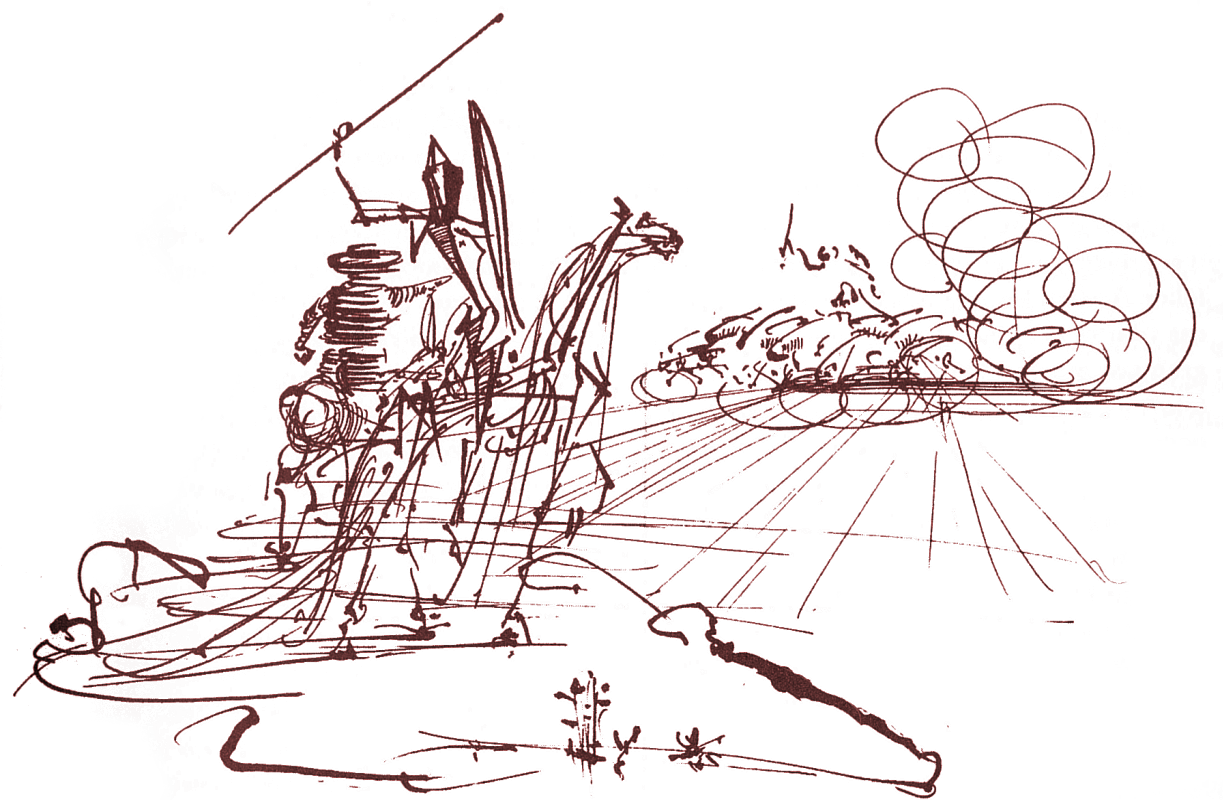When the Wheels of God Become the Wheels of the State
Kurt Willems asks whether or not nonviolence helps or hinders evangelism. I believe that some of our metaphors for personal change and God, when read in the context of a violent state, are rendered utterly terrifying to late modern people in the United States. That is to say, the church must differentiate itself from the State through nonviolence, or our concepts of God will be read as totalitarian and frightening.
1 Corinthians 3:16-17 NRSV

